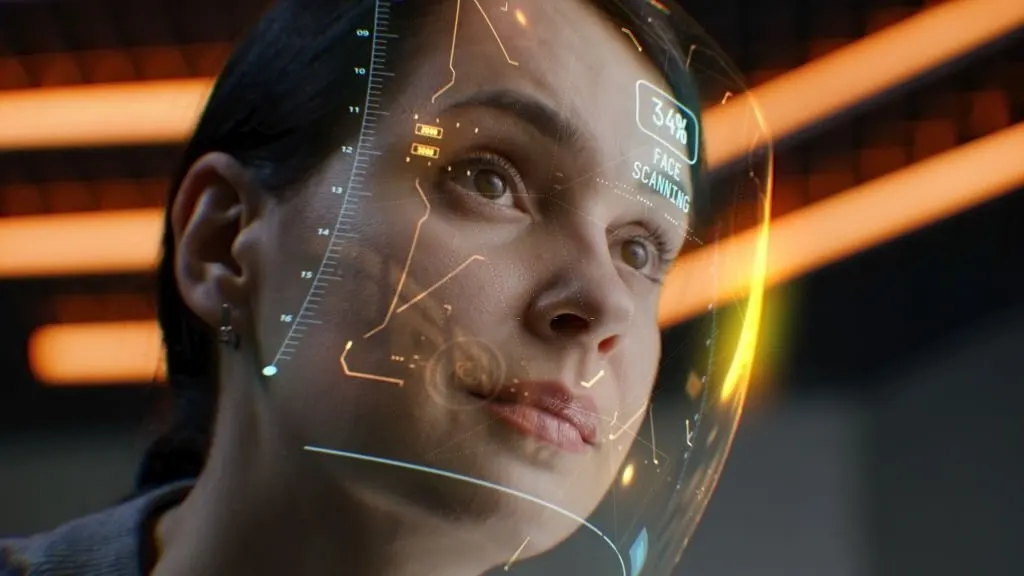Artificial Intelligence (AI) is increasingly being used in the field of animation to streamline production processes, enhance creativity, and achieve realistic and efficient animations. Here are several ways AI is making an impact in animation:
Character Animation:
AI-powered tools can automate character animation by analyzing motion capture data and generating realistic character movements.
AI can also assist in lip-syncing, making characters’ mouth movements sync with speech.
Facial Animation:
AI-driven facial animation tools can capture and replicate facial expressions, making it easier to create emotionally expressive characters.
Motion Capture and Retargeting:
AI algorithms can improve motion capture data by smoothing out noise and optimizing motion transitions.
AI can also retarget animations to different character models, saving time in the animation pipeline.
Procedural Animation:
AI can generate procedural animations for complex scenes, such as crowds, water, or foliage, by simulating physics and behaviors.
Auto-rigging and Skinning:
AI can automate the process of rigging characters and assigning skin weights, reducing the time and effort required to prepare characters for animation.
Artistic Style Transfer:
AI-powered algorithms can apply different artistic styles to animations, giving them a unique visual look.
AI-Generated Backgrounds and Environments:
AI can generate realistic backgrounds and environments based on input parameters, reducing the need for manual scene creation.
Render Optimization:
AI can optimize rendering settings to improve efficiency and reduce rendering times, making animation production more cost-effective.
Automatic Inbetweening:
AI can generate in-between frames to smooth out animations, especially in hand-drawn or 2D animation.
Storyboarding Assistance:
AI can analyze scripts and generate storyboard sequences or suggestions for visualizing scenes.
Voice Synthesis and Dubbing:
AI-driven text-to-speech (TTS) technology can generate voiceovers for characters, and AI-based dubbing tools can match lip-sync with generated or translated dialogue.
Interactive Animation:
AI can be used in real-time interactive animation, such as in video games, to adapt character movements and behaviors based on player input and game context.
Generative Adversarial Networks (GANs):
GANs can be used to generate new and creative character designs, environments, and animations by training on existing assets and creating variations.
AI-Enhanced Animation Tools:
Animation software is incorporating AI-powered features to assist animators, such as predictive drawing, automatic inking, and colorization.
AI is helping animators and studios produce high-quality animations more efficiently, reduce production costs, and explore creative possibilities that were previously challenging or time-consuming to achieve. However, it’s important to strike a balance between AI automation and the artistic input of animators to ensure that the final product meets creative goals and artistic vision.
